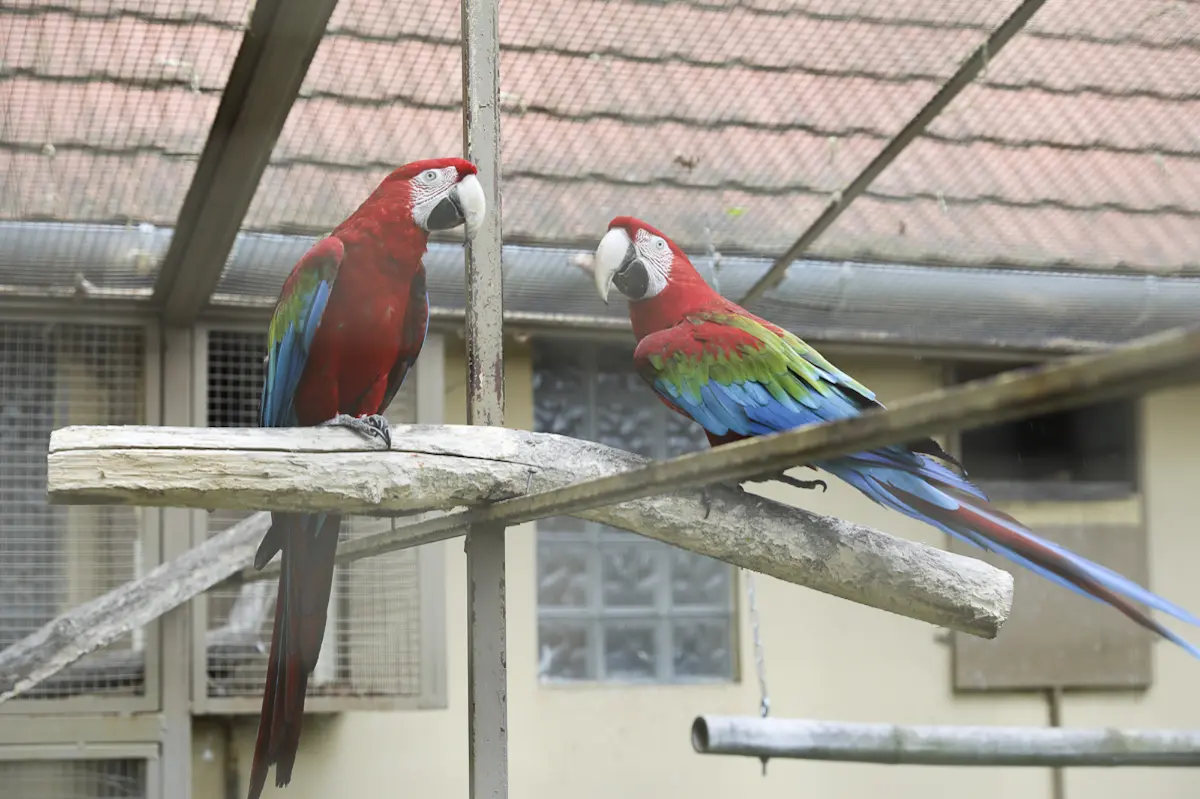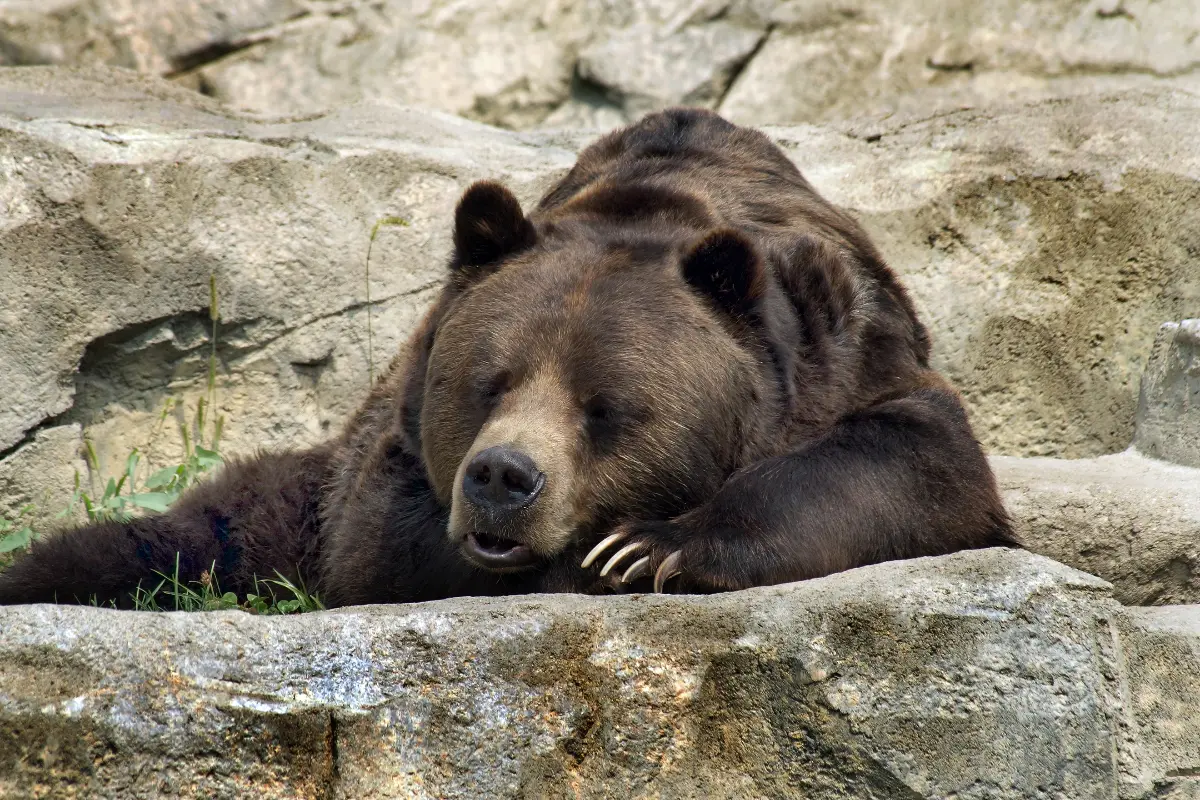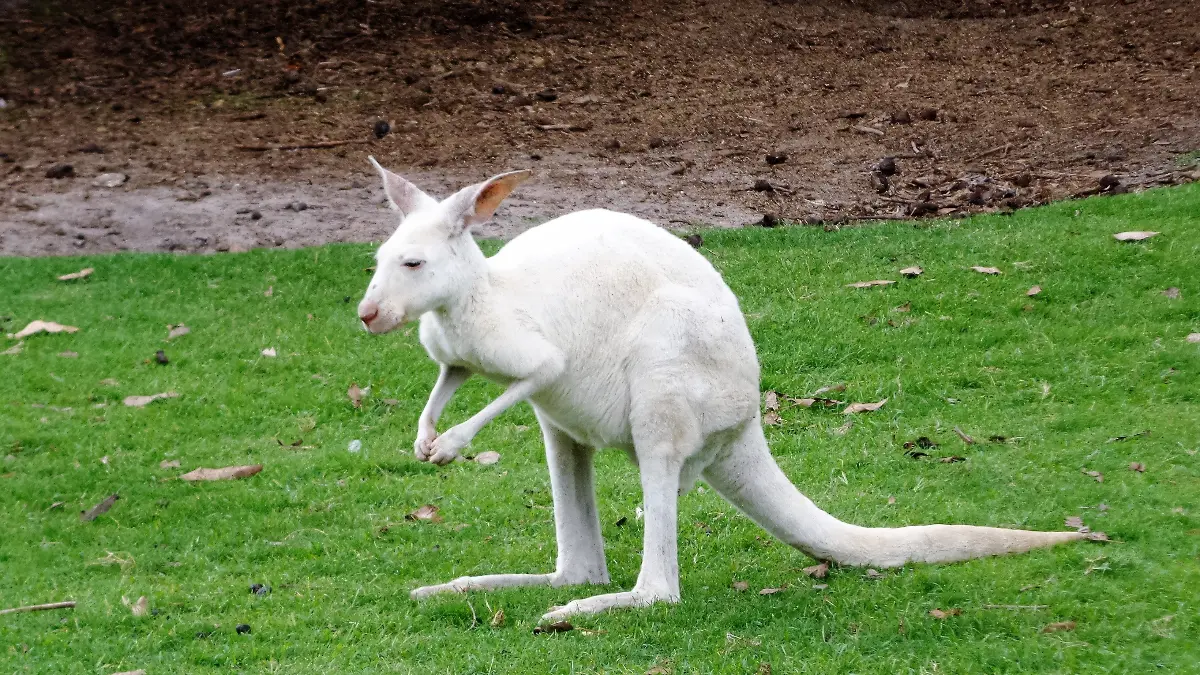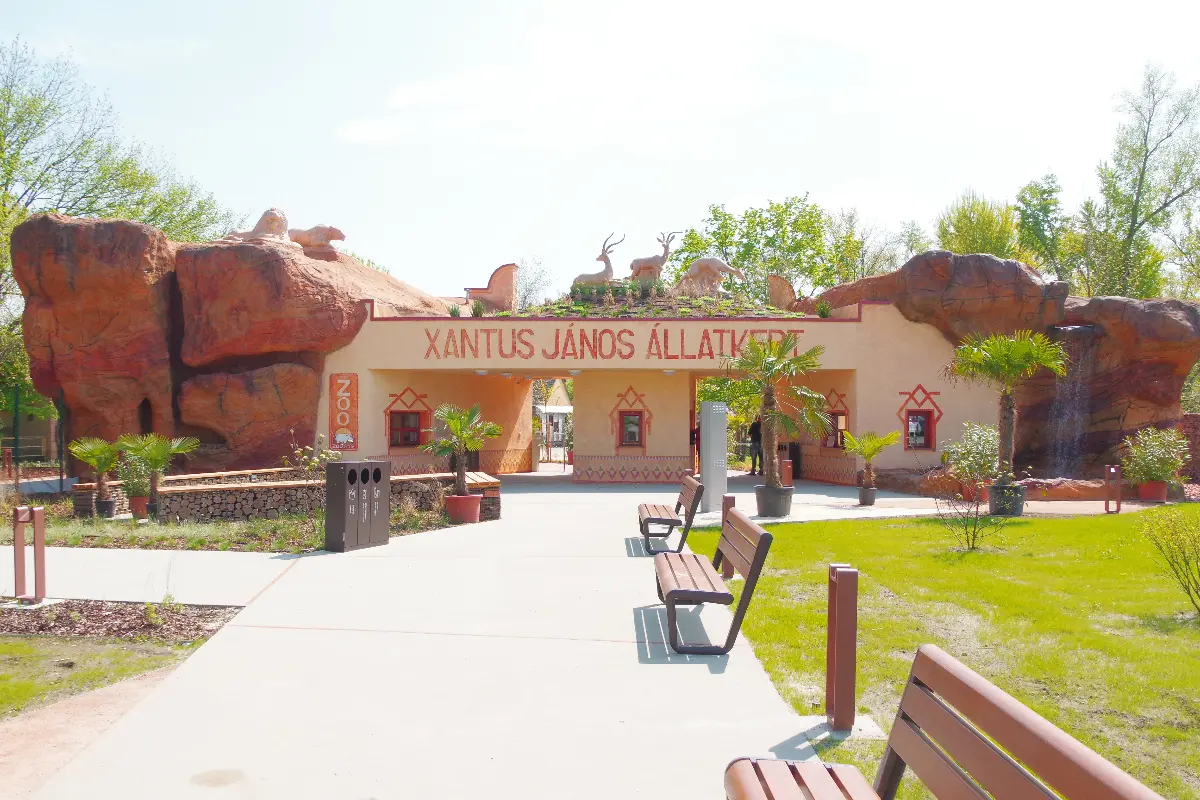
Helyszín címkék:
The János Xantus Zoo in Győr
Bóday Csilla
The eponymous János Xantus
We owe several significant collections, institutions, guidebooks and educational articles to the scientist and ethnographer from Csíktapolca. During the path of his special life, he toured the United States, sailed the Missouri River, travelled to the Wild West on horseback, and as an engineer helped to lay the Western Railroad. He researched the lives of many species of plants and animals, and he is the author of four guidebooks and more than two hundred educational guides. The scientific names of several species of plants and animals commemorate Xantus: Chaenactis xantiana belonging to the family of asters, in the fauna Hylocharis xantusii among hummingbird breeds, Phyllodactylus xanti from gecko breeds, moreover a group of scaly reptiles has the Xantusiidae scientific name. After his return, he became a corresponding member of the Hungarian Academy of Sciences, and his works enrich the collection of the Hungarian National Museum. On 12th March, 1862, it was János Xantus’ initiative to establish the institution of the state zoo, which opened its doors four years later, and where the scientist became its first director.
The history of the zoo
Initially, the zoo in Győr wanted to show Hungarian fauna, but nowadays it operates as a real zoo, with every continent represented. The proportion of African animals is particularly prominent in his collection. In 1959, a game park was established in Püspök (Bishop’s) Forest, the career of which was cut short by the flood of the Danube river in 1966, the whole area was flooded, and most of the animals were lost. The following year, the city government found an area of six hectares, which is the site of the current zoo, and has proven to be a safe habitat to prevent another tragedy. In the following decades, the new game park was constantly expanding and developing, and it was a great attraction that an amusement park was built in half of the area. After the transformation in 1985, it was officially declared a zoo, it was expanded with an aquarium which still exists, a terrarium house and a catwalk for exotic animals. Later, due to the lack of space, the composition of the livestock had to be reconsidered, they wanted to provide a place worthy of all the animals living in the zoo in Győr, where they could spend their whole lives. As a result, Gibbon Island and then the African catwalk were created, as well as which the big cats moved to better accommodations and the bears expanded their predatory range. Until the turn of the millennium, rare exotic animals, such as desert lynxes, red-fronted lemurs, squirrel monkeys and pygmy marmosets, and pygmy hippos, also arrived at the zoo.

Boubou, Pembé, Kito and Rungwe
They are the four bull elephant who came to the zoo last year. After that they have established a hierarchy among themselves, they play, migrate, and communicate with each other in an area almost identical to their natural habitat. In addition to common patas monkeys, hamadryas baboons, barbary sheep, warthogs, zebras, and African forest buffaloes from the hottest continent, the pygmy hippos appearing in the logo of the zoo represent the African wildlife section, while in the South American house and its surroundings visitors can see the native animals of the southern part of the American continent. We can see here giant anteaters, scarlet ibises, a tapir, capybaras, coatis, a two-toed sloth, a green iguana, black crested gibbons, and Colombian white-faced capuchins. The following species live in the aquarium and terrarium house: dwarf crocodiles, ball pythons, reticulated pythons, Brumese pythons, Hermann’s tortoises and Greek tortoises, savannah monitors, Egyptian fruit bats, Cotton-top tamarins, white-tufted marmosets and many fishes. The wildlife of Asia is displayed at the end of the zoo. The pen of the Asian black bears is followed by the dwellings of the white tigers, then we arrive at the Asian small-clawed otters. A decade ago, some animals moved into the dungeon in the city centre, where the paludarium was built, which displays the wildlife of the Amazon at 18 meters long and 200 cubic meters.
Special programmes

We can say that the Győr zoo is always well prepared with some kind of activities or programmes for the benefit of both young and grown-up visitors alike. Every year, it strives to educate the little ones about love for animals and protecting them by organizing a Zoo camp. But there is also a mid-year event for every major holiday, whether it is Easter, Children's Day, May Day, Halloween, Christmas for Animals, World Animal Day or even Zoo Night.









